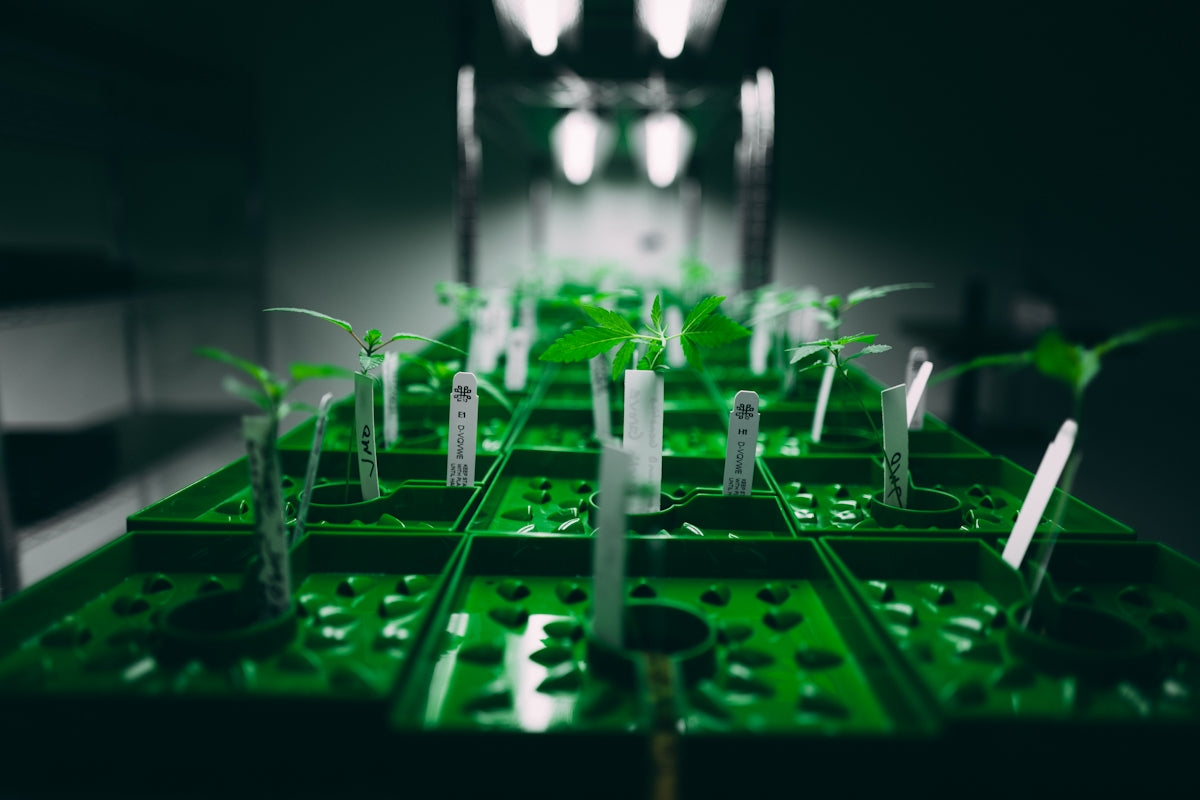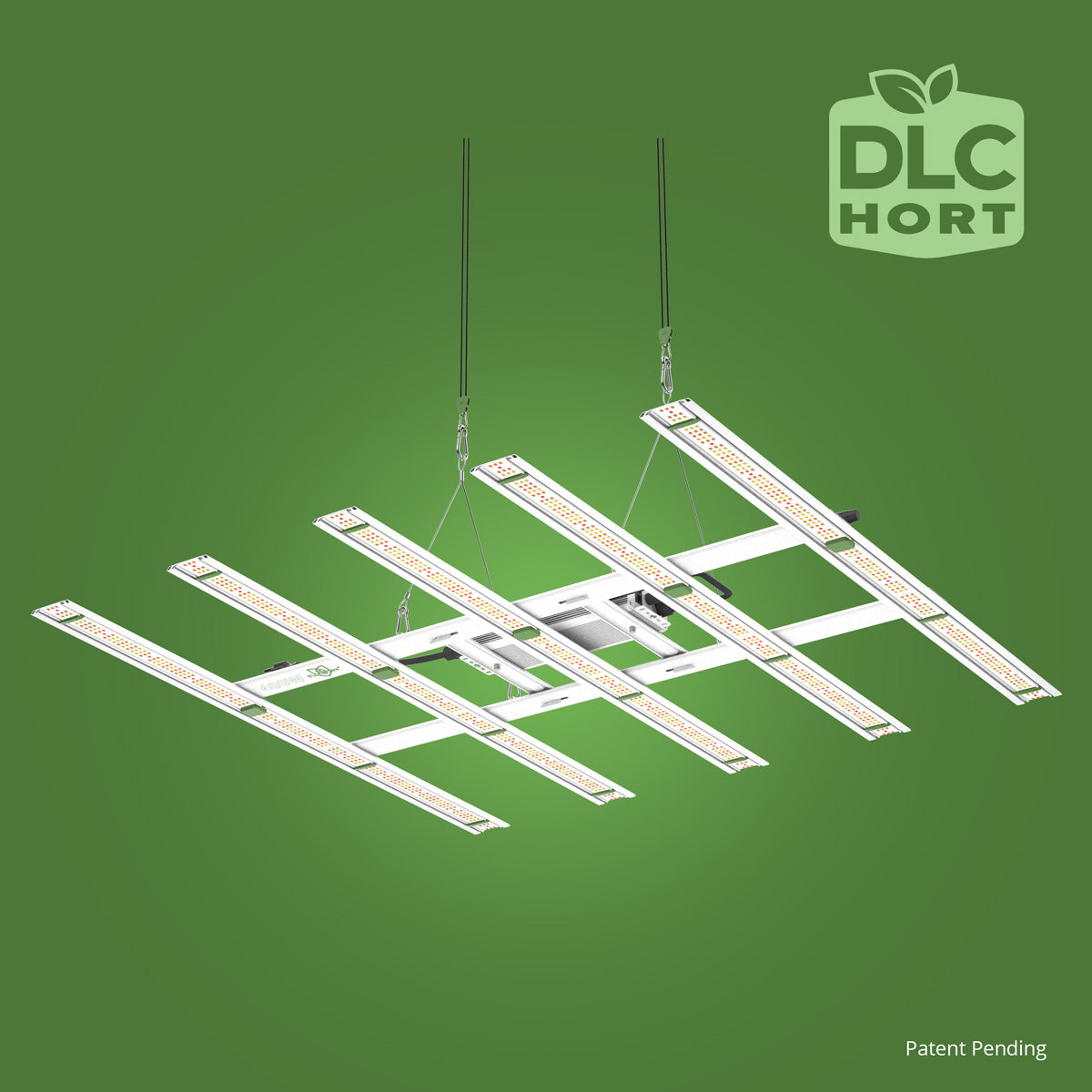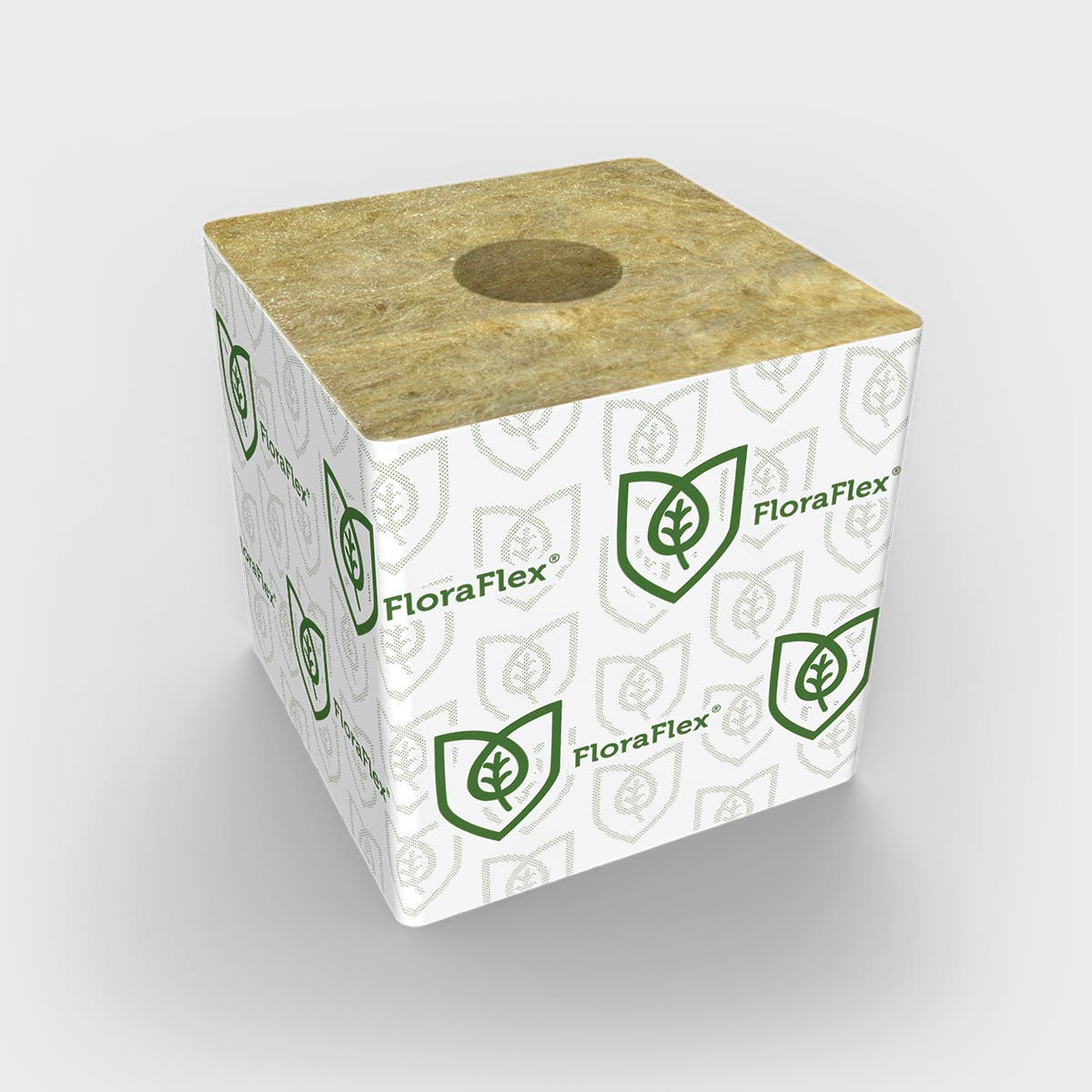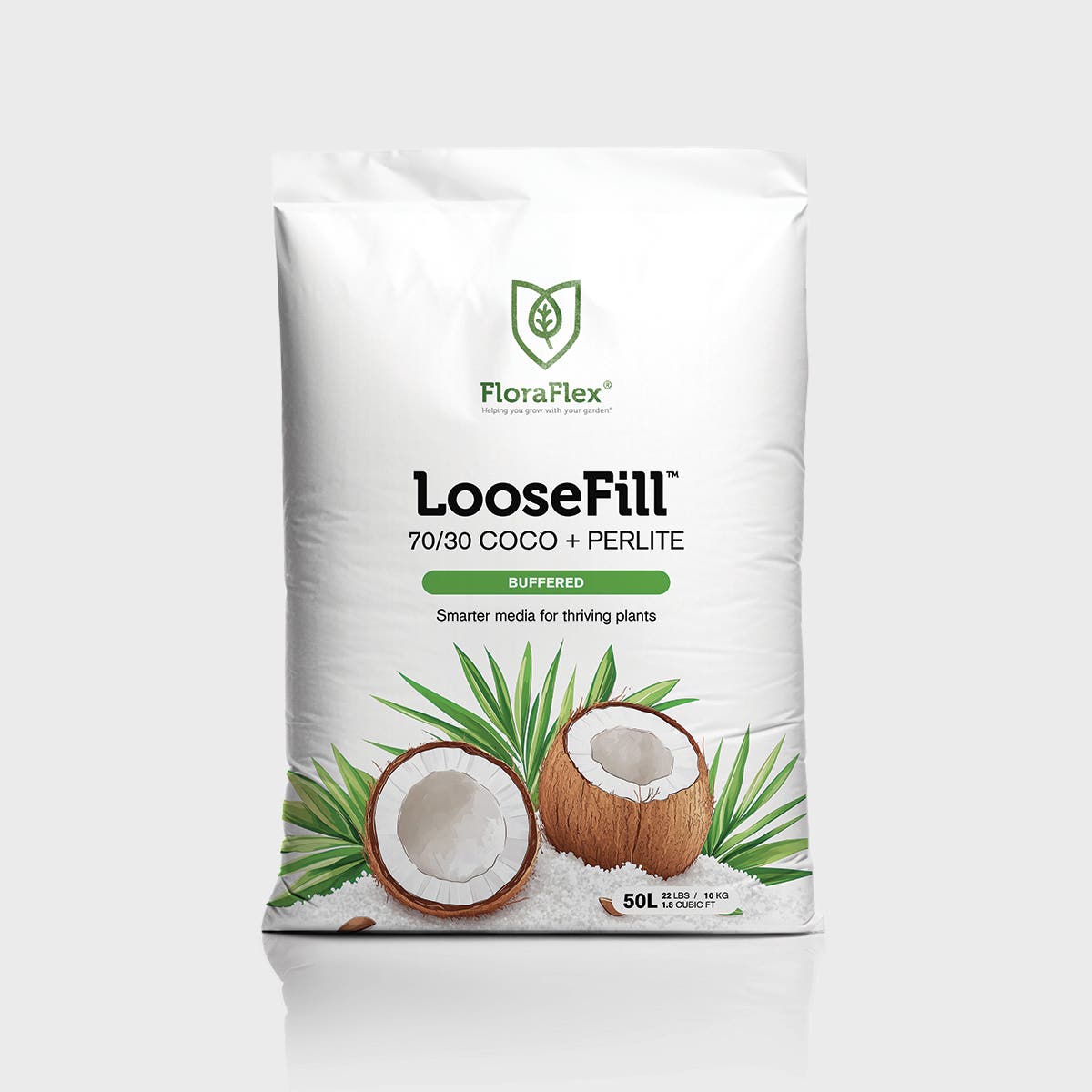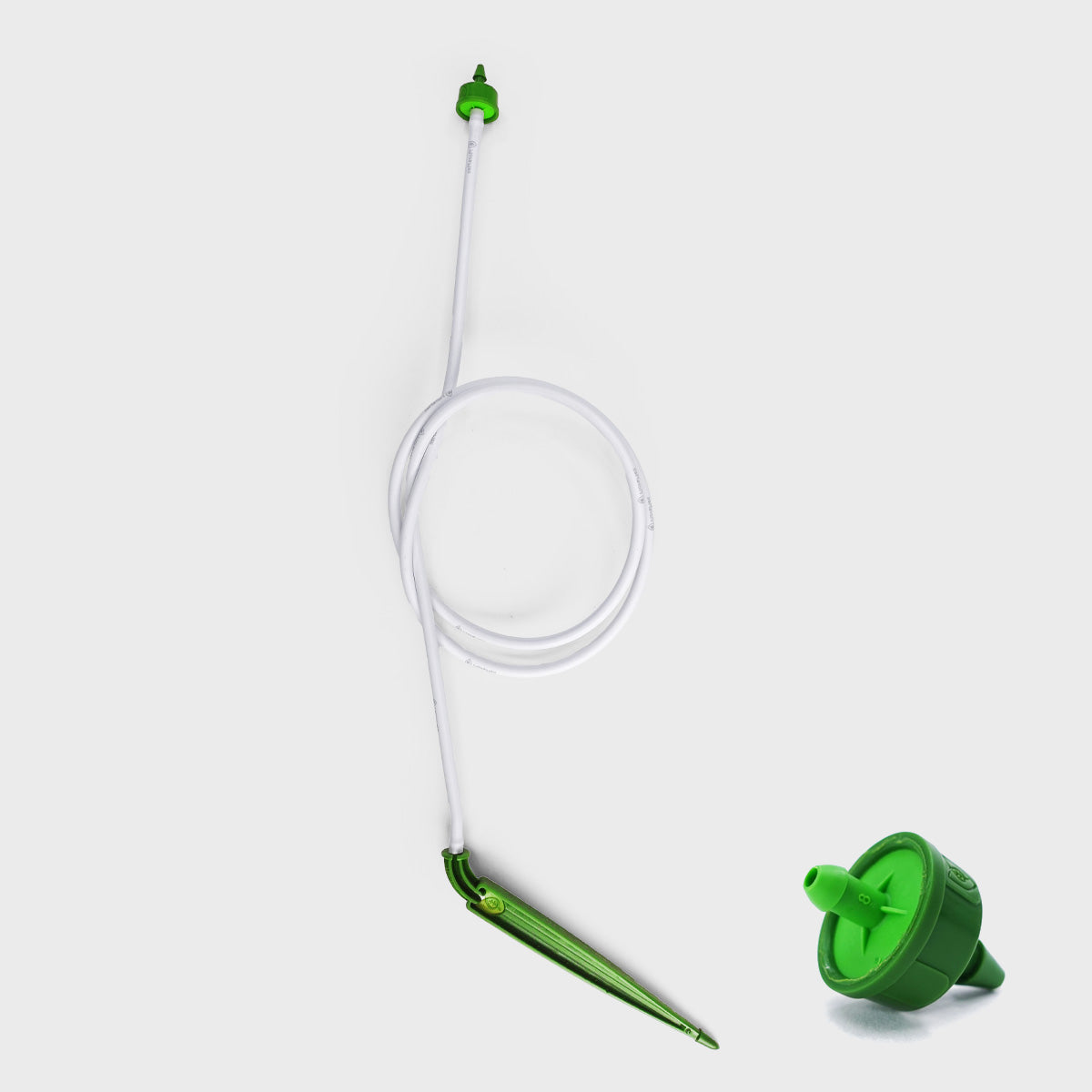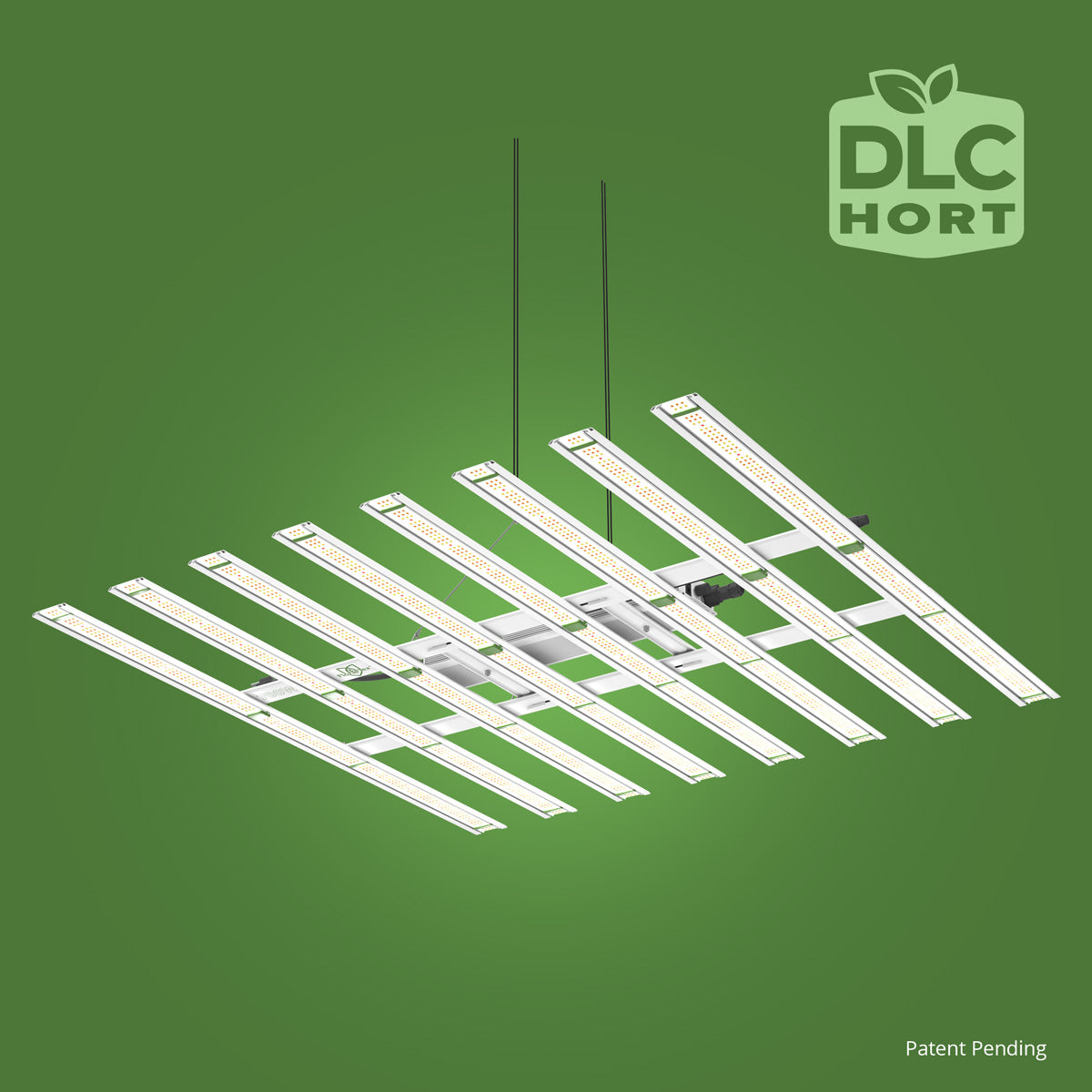Cannabis cultivation has been part of human agricultural history for thousands of years. As civilizations rose and fell, techniques and tools for growing this versatile plant have evolved tremendously. This blog post will explore historical innovations in cannabis cultivation—and how modern advancements, like those from FloraFlex, have further refined the art.
Ancient Beginnings
The history of cannabis cultivation dates back to ancient times. Archaeological discoveries suggest that cannabis was first cultivated as early as 12,000 years ago in Central Asia. It wasn't just grown for its psychoactive properties but was also an essential crop for textiles and rope-making.
The First Documented Growers
The first known record of cannabis use comes from the Chinese Emperor Shen Nung in 2727 BC. He documented its medicinal properties, thereby signaling the start of selective cultivation aimed at enhancing specific traits beneficial for health and wellness. Ancient Chinese farmers relied on intuitive methods, observing soil, climate conditions, and even the stars to optimize growth.
Spread and Adaptation
As trading routes expanded, so did the reach of cannabis cultivation methods. Ancient civilizations such as the Egyptians, Greeks, and Romans adapted cannabis for various uses, each adding their spin on agricultural techniques.
Egyptian Innovations
The Egyptians are famed for their agricultural prowess along the Nile. They are believed to have cultivated cannabis not only for hemp but also for medicinal purposes. The fertile Nile Delta allowed for innovative irrigation systems, something that would inspire later techniques worldwide.
The Middle Ages: Turning towards Textile
During the Middle Ages, cannabis continued to spread throughout Europe. It became an essential crop for creating hemp, which was critical to the economy at the time. Farmers developed crop rotation methods to maintain fertile land, inadvertently supporting cannabis growth by ensuring nutrient-rich soil.
The Symbiotic Wine-Cannabis Culture
Particularly in southern France, cannabis was cultivated interspersed with vineyards. Farmers realized that both plants benefited by association through improved soil aeration and pest resistance. This period marked a shift from basic agriculture to more symbiotic farming practices.
Exploring the New World
With the discovery of the Americas, cannabis took on a new significance. European settlers brought hemp seeds to the New World, understanding its value for producing necessary supplies like ropes and sails.
Native American Agriculture
While initially focused on European methods, settlers soon borrowed indigenous agricultural techniques, such as companion planting, which helped in maintaining cannabis health within the wider ecosystem.
The 20th Century: Science Meets Cultivation
The 20th century saw unparalleled scientific and industrial advancements. The understanding of genetics, coupled with more refined tools for agricultural management, heralded the era of modern cannabis cultivation.
Enter Hydroponics
Although hydroponics—growing plants in water without soil—had been theorized centuries earlier by scientists such as Francis Bacon, its practical application in cannabis cultivation became prominent in the late 20th century. Researchers discovered they could better control nutrients and yields through these means, an innovation that revolutionized cannabis growing.
Modern-Day Innovations
Today, technology continues to reshape how cannabis is cultivated. Companies like FloraFlex have led the charge in providing cutting-edge tools that make cultivation more efficient and effective.
Sustainable Solutions: FloraFlex Wool
One notable advancement is the development of alternative growing mediums that help balance sustainability with superior yield quality. The 6" FloraFlex Wool, basalt-derived Rockwool cubes are a prime example. These cubes offer excellent water retention and provide an ideal growth environment, showcasing how historical innovations have beautifully merged with modern needs.
Precision Irrigation
Another significant advancement involves precision irrigation systems. By regulating water and nutrient delivery, growers can maximize their plant's potential without wasting precious resources. Modern systems ensure that cannabis receives the exact care it requires, a process started by Egyptian and European ancient irrigation techniques.
Looking Ahead: The Future of Cannabis Growing
As cannabis cultivation continues to gain acceptance and legal footing globally, the industry is poised to experience further innovations. Cutting-edge technologies like AI monitoring and data-driven agriculture promise to refine the art of cannabis growing to unprecedented levels.
Integrating Renewable Energy
Moving toward the future, integrating renewable energy sources such as solar or wind power into cannabis farming operations not only ensures a sustainable approach to cultivation but also aligns with broader ecological goals.
Conclusion
From ancient times to the modern era, cannabis cultivation has evolved through a series of innovations driven by necessity and curiosity. As we look to the future, companies like FloraFlex will continue to pioneer the cutting-edge technologies and solutions that honor this rich historical legacy while pushing forward into new frontiers.
Historically and contemporarily, the innovations in cannabis cultivation highlight our ongoing quest for betterment and understanding—a journey that respects the past while enthusiastically embracing the future.

